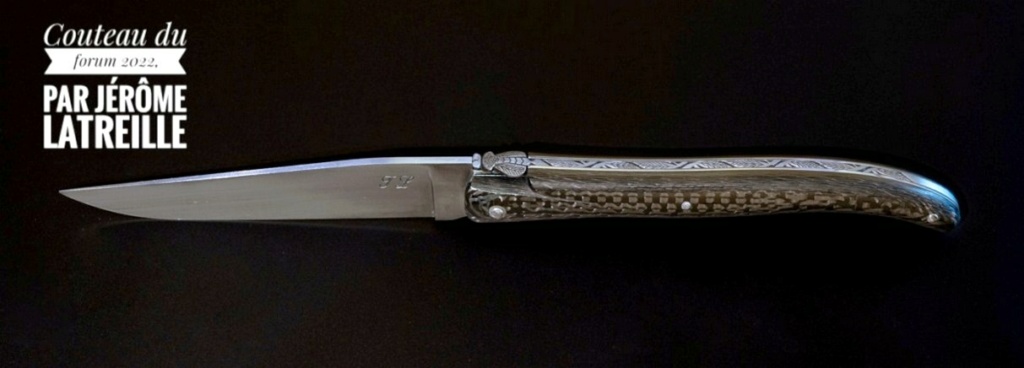The US has used regional names and appellations of France (mostly) and sometimes Italy for a long time. The use of Champagne (the region) has been used since the 1860s. Post prohibition, this practice continued, in their attempt to revitalize the wine industry that was at that time, focused on New York and California. These were, not surprisingly, very inferior in quality and did not come close to representing the regions that the label claimed. Bordeaux, Burgundy (Bourgogne), Champagne, Chablis and Chianti were commonly used. While the use of European place names is now looked down upon, there is a legal loophole that allows the use of 'fanciful' names, such as "Hearty Burgundy" and "California Champagne" that is still used by a few, massive bulk wine producers. The quality, again, is very poor and these wines are not taken very seriously.












